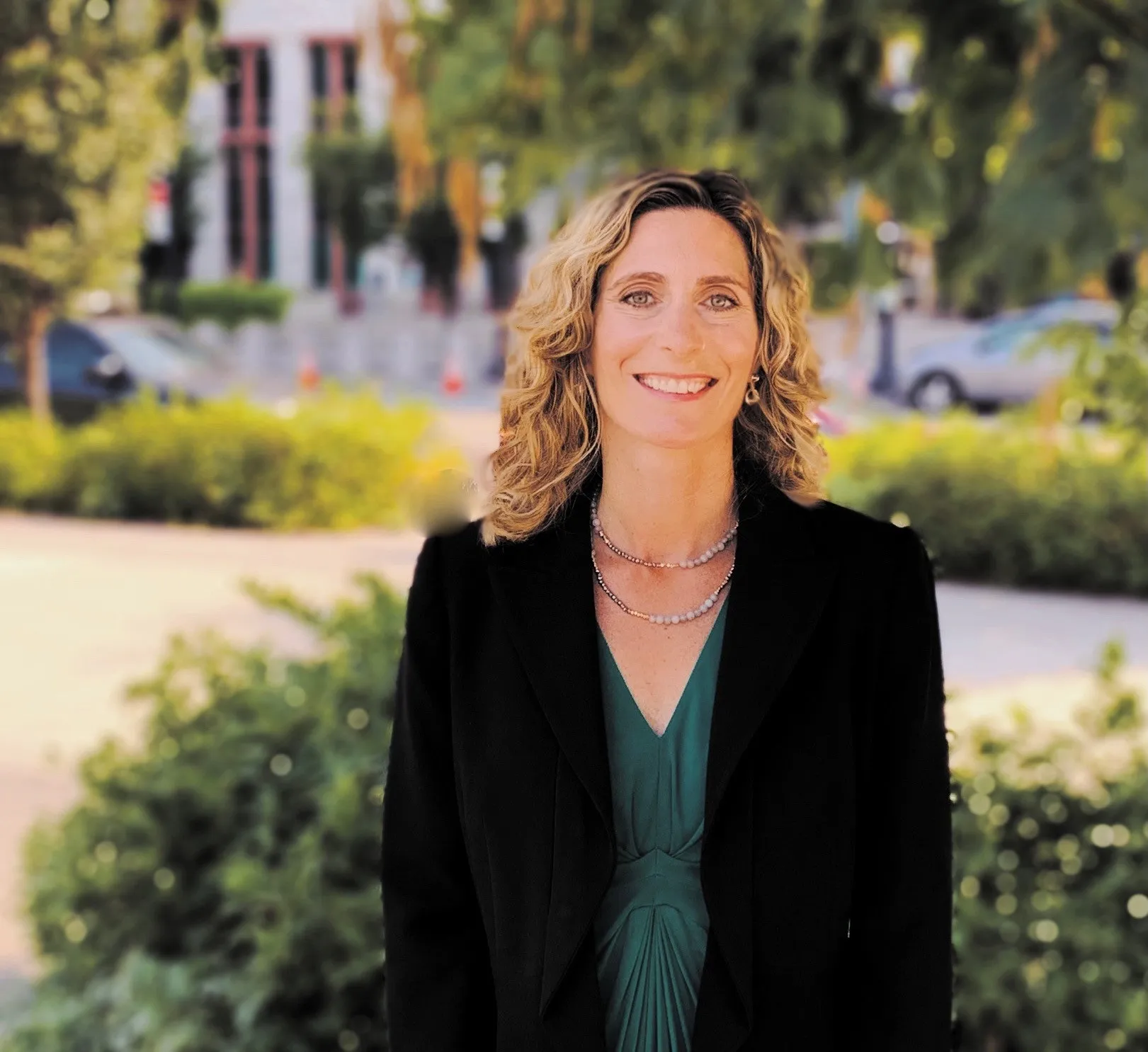
Public transportation sometimes fails to take enough account of female travellers, says ITS America's new president and CEO - and this is partly because there are not enough female decision-makers in the industry.
“We make up only 15% of a 14.8-million-person workforce," says Laura Chace in an interview with ITS International.
"And we're even more underrepresented at decision-making levels, and the impact of that is the transportation systems we have don't always meet the needs of women.”
ITS America hopes to address this with MobilityXX, a partnership with member company The Ray, and WTS International Foundation, to increase female representation in the transportation industry.
“Women use the system differently," Chace explains. "We end up using multiple modes perhaps in one day or in one sitting; we end up losing time and that can equate to reduced economic opportunity - because your access to transportation is so intricately linked to economic opportunity."
"MobilityXX is focused on the need to have more diverse perspectives in the transportation workforce so that we can actually create these outcomes for safer, more equitable choices for all.”
“Our goal in this is to increase the number of women in the industry by 10% over 10 years."
Next month, ITS America is launching a pledge programme for the industry.
“We are asking public sector and private sector organisations to commit to taking two actions to increase the number or influence of women," Chace says.
"Examples are things like having diverse hiring panels: when you're hiring for positions, committing to interview diverse candidates; or things like creating a sponsorship programme for women in your company and committing to increase the number of women on your boards.”
She believes these practical steps will be of value.
“The more people, the more companies and organisations we can get to commit to this, we do believe that we will see results," she concludes.
Click here to read the full interview










